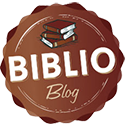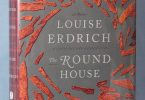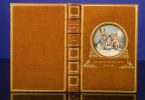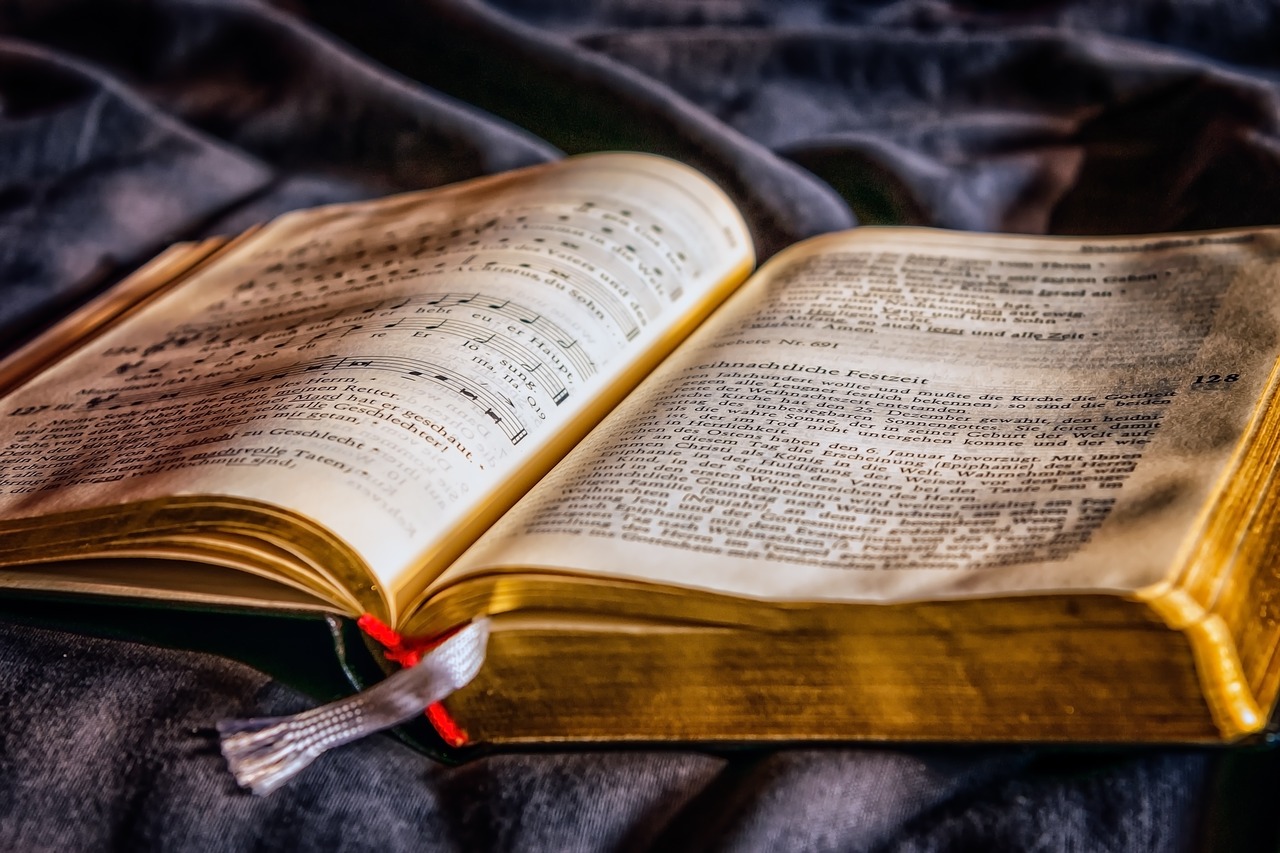Harry Potter. David Copperfield. Jane Eyre. Johnny Tremain. Tom Sawyer.
These characters are well known. Each of their stories follow a certain path, one whose theme is quickly familiar.
You join this character as their story begins, when they are but children beleaguered by a difficult life and developing their world outlooks on the world. In this crucible of experience, they soon encounter some sort of trouble that causes them to have a reason to travel or offers them a quest to pursue. The characters experience the world around them, maturing over time. They grow and find themselves clashing with their traditional cultural and societal standards as they progress, until they realize that they embody the values they struggle against and manage to find a peace within their society.
A novel that follows this process is called a bildungsroman.
This German word literally translates to “novel of formation.” It was coined in an 1820 text titled Über das Wesen des Bildungsromans by Johann Carl Simon Morgenstern, and slowly entered common use as a literary term during the period known as German Enlightenment.
A bildungsroman is rather more than a simple “coming of age” novel. This genre is characterized by a more specific focus on the psychological and moral development of the character rather than the adventure itself. Many folklorists agree that this genre evolved from the oral tradition, of tales told about the lucky fool, or youngest son, who leaves his family to seek his fortune and ends up becoming a king or lord of those who once scorned him.
Here are some other well-known examples of popular bildungsroman:
| 1 |  |
Candide by Voltaire |
|
| Candide (French title: ou l’Optimisme) is a French satire written in 1759 by Voltaire, a philosopher of the Age of Enlightenment.
The novella begins with a young man, Candide, who is living a sheltered life in an Edenic paradise and being indoctrinated with Leibnizian optimism by his tutor, Pangloss. The work describes the abrupt cessation of this lifestyle, followed by Candide’s slow, painful disillusionment as he witnesses and experiences great hardships in the world. Candide is characterized by its sarcastic tone and its erratic, fantastical, and fast-moving plot. With a story similar to that of a more serious bildungsroman or picaresque novel, it parodies many adventure and romance clichés, the struggles of which are caricatured in a tone that is mordantly matter-of-fact. |
|||
| 2 |  |
Anne Of Green Gables by Lucy Maud Montgomery |
|
| Anne of Green Gables is a bestselling novel by Canadian author Lucy Maud Montgomery.
Montgomery found her inspiration for the book on an old piece of paper that she had written at a young age, describing a couple that were mistakenly sent an orphan girl instead of a boy, yet decided to keep her. This charming tale has enchanted adult and children readers alike since it was published in 1908. |
|||
| 3 |  |
A Portrait Of the Artist As a Young Man by James Joyce |
|
| Joyce’s A Portait of the Artist as a Young Man is a semi-autobiographical work. It tells of the intellectual, religious, and philosophical awakening of the main character, Stephen Dedalus as he rebels against the conventions in which he has been raised and leaves home to pursue his artistic ambition.
The novel is light in dialogue, and written as a third-person narrative. From the beginning of the book to the end, the language and style of writing matures from Dedalus’ childhood thoughts to the complex theories of his adult mind. |
|||
| 4 |  |
The Catcher In the Rye by J D Salinger |
|
| The Catcher in the Rye is a 1951 novel by J. D. Salinger.
Originally published for adults, the novel has become a common part of high school and college curricula throughout the English-speaking world The novel’s antihero, Holden Caulfield, has become an icon for teenage rebellion. It has been frequently challenged in the United States for its liberal use of profanity and portrayal of sexuality and teenage angst, but is also among the most-taught books in high school literature classes. |
|||
| 5 |  |
To Kill a Mockingbird by Harper Lee |
|
| To Kill a Mockingbird is a Pulitzer Prize-winning novel by Harper Lee that tells a story similar to something the author experienced as a child.
The book follows three years in the life of Scout Finch, her brother Jem, their father Atticus, and their town of Maycomb, Alabama during the Great Depression. The first half of the novel focuses on Scout and Jem’s childhood, and the second part of the book is the ongoing trial of a black man accused of raping a white woman, whom Atticus has been called to defend, and the children’s coming of age. |
|||







The Catcher in the Rye is an often misunderstood book. Many people believe it is not fit for young adults, because the protagonist engages in the behaviors that we steer our children away from. A common concern is that by recommending this book, educators and parents are condoning Holden’s behavior, and allowing it to rub off on their children. But this fear is entirely unfounded because that is not what comes through for teenagers who read this book. Reading The Catcher in the Rye helps young people realize that they are not the only ones who feel confused and misunderstood and through Holden they see that running away, lashing out, and abusing their bodies through alcohol or cigarettes won’t make their problems go away.